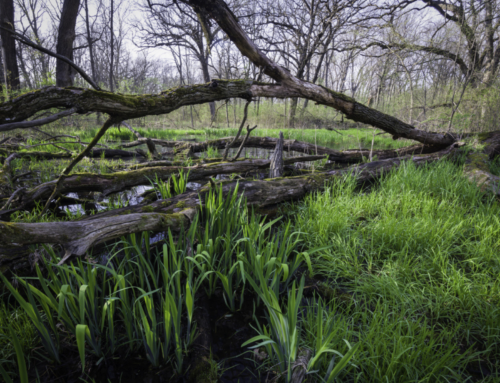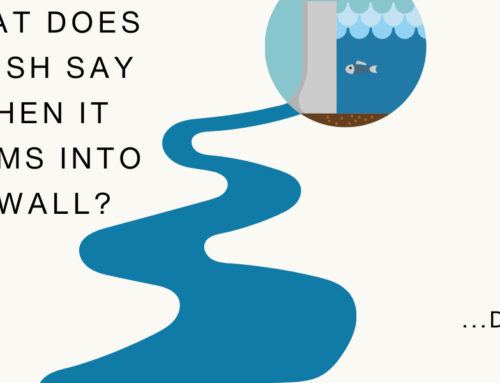Re: CRC comments on the draft 2014 State of Connecticut Integrated Water Quality Report
Dear Mr. Tokarz,
On behalf of the Connecticut River Watershed Council (CRC) I am submitting comments on the draft 2014 Integrated Water Quality Report (IWQR). Since 1952 CRC has been the principal citizen advocate for the entire 11,000 square mile watershed from its source to the sea. We work to conserve, protect and restore water quality and quantity, habitat and recreational access within the Connecticut River watershed. Our work informs our vision of both ecological and economic abundance, and we enjoy stewarding resources that enhance the quality of life of watershed residents. In particular, we are looking forward to the day when the entire length of the Connecticut River and its tributaries will be fishable and swimmable.
We have great appreciation for the extensive monitoring, research, analysis and synthesis that goes into this report. Had we had more staff time available we would submit for comprehensive comments, but we wanted to highlight a few key points.
- Table 1-3, page 20: For Aquatic Life Use Support (ALUS) the Connecticut Department of Energy & Environmental Protection (CT DEEP) should separate out Tier 4 waters and create a separate category for “At Risk” that would serve as a gradual step between “Fully Supporting” and “Not Supporting.” These waters should be assigned management goals so they do not deteriorate into Tiers 5 or 6. CRC believes the Biological Condition Gradient is one of the most useful assessment tools CT DEEP has, yet we are not using it effectively when we allow a change as wide as Tiers 1-4 to be considered “Fully Supporting.” The gradient nature of this tool allows us to get past pass/ fail grades for our waters.
- Table 2-4, page 48: Waters assessed for ALUS should be labelled with their Tier number, not just the category of supporting or not. Labeling a stream segment as Tier 3 as opposed to only “Fully Supporting” allows for a more nuanced understanding of that stream and its health. In order to truly protect high quality waters and improve threatened waters, we encourage DEEP to further integrate biological standards with the agency and public’s understanding of the quality and goals of our waters.
- Bacteria monitoring should align with the disinfection season in CTs Water Quality Standards (WQS). Though the 2014 IWQR did not seem to indicate the monitoring season for bacteria, we are assuming it aligns with the current May 1-September 30 disinfection window in the WQS. If CT DEEP does expand the required disinfection period for bacteria, bacteria monitoring and ideally concurrent temperature monitoring should align with the extended season whenever possible.
- (Page 71) We suggest that the DEEP consider breaking segment Connecticut River-03 up into two segments—one from the MA border to just north of Hartford, and then that point to Portland. We have made this comment before. This assessment unit is an unusually long stretch at 35.26 miles (other related segments are usually no longer than10.5 miles), and it seems too long to make sense for monitoring, assessment and sound decision making on the part of users when it comes to judging which recreational activities they can safely engage in.
- We invite CT DEEP to share results of staff members’ beach monitoring and bacteria monitoring within the CT River Watershed on ctriver.us. This collaborative website marries monitoring efforts within the entire watershed and offers river users recent bacteria data from 114 sites in all four states. In the past we have encouraged CT DEEP’s efforts at a report card to more easily communicate water quality data to river users; as that effort has been put on hold for the time being, we would like to partner on strengthening this already well used tool. We would also like to work more closely with water quality staff on strategizing bacteria, temperature and biological monitoring within the CT River Watershed in CT.
- We agree that Connecticut River-02 should be prioritized for a TMDL for bacteria, as the adjacent segments were in 2012; this will allow for more detailed potential source information and management strategies for that entire stretch above the estuarine region.
Thank you for your stewardship of CT’s waters and the opportunity to comment on this draft.
Sincerely,
Jacqueline Talbot
River Steward
Submitted August 26, 2014 to:
Walter Tokarz
Department of Environmental Protection
Bureau of Water Protection and Land Reuse, Planning and Standards Division
79 Elm Street, Hartford, CT, 06106-5127







